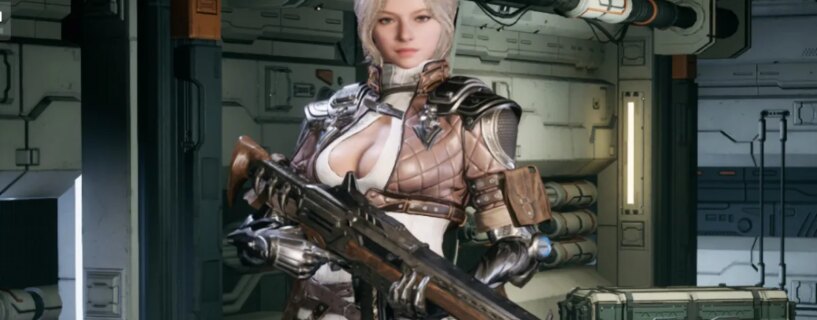Graphics settings can make or break your experience in any game. If you want to enjoy The First Descendant with your best foot forward, let me show you the best graphics settings: Frame rate, performance, and visual quality.
How to change Graphics settings in The First Descendant
Before we get granular with settings, let me quickly show you how to access them. Press ESC on your keyboard to bring up the Game Menu. When you reach the first hub area, you can also access the menu by holding the Menu Button in the bottom left corner.
It’s worth noting that if you just press the Menu Button, it brings up your inventory instead.
The best Graphics settings for The First Descendant
The First Descendant is pretty light on graphics customization compared to many PC games, but there’s still room for tinkering. Here are the settings I’m using, and I’ll explain any crucial changes after:
Graphics
- Graphics: Custom
- Raytracing: Off
I may turn Raytracing on later, as it makes reflective surfaces and water look incredible. The downside is it’s pretty heavy on hardware. If you’re looking for the best visuals possible, I recommend turning Raytracing on if your PC can handle it.
Performance
- Additional Performance: Off
- Vsync: Off
- NVIDIA Low Latency: Off
- Maximum Framerate: 120
The only settings I’ve changed here are Vsync and the maximum framerate. You can play with the framerate if you turn Vsync off. Otherwise, it’s capped at 60.
If you notice any screen-tearing, turning Vsync on is usually an instant fix. The Additional Performance menu has some upscaling features like NVIDIA DLSS. These are Graphics Card specific, and I’ve left them off for now, but they could help boost your framerate if you’re having issues.
Advanced Settings
- Visibility: High
- Anti-aliasing: High
- Post Processing: High
- Shadows: Low
- Global Illumination: High
- Reflections: High
- Textures: High
- Effect: High
- Vegetation: High
- Shader Quality: High
- Object: Medium
- Physics: Medium
- Motion Blur: Off
I’ve set most of these to High, but the game still looks fine on Medium. If you’re going to change anything, I recommend turning Motion Blur off. Most games have Motion Blur on by default, and while you can argue it’s more cinematic, I’ve yet to find a title where it enhances the experience.
You can hover over each Advanced Setting in-game for a brief explanation of what they do. Unfortunately, the descriptions for “Object” and “Physics” are missing, so I’ve lowered them to Medium until I know what they do.
Do I need to change my Graphics settings in The First Descendant?
The First Descendant has built-in system detection, which is pretty decent. With this in mind, you may find the default settings are fine. If you’re not having any performance issues, changing the Graphics settings is unnecessary.
The visuals in The First Descendant are great, but they can come at the price of frame rate. If you’re noticing constant stutters, I recommend turning some advanced settings down to see if it helps. The most impactful settings will usually be Textures, Post Processing, and Anti-aliasing.
At the time of writing, many players are reporting performance issues, even on high-end hardware. Hopefully, these problems will be addressed with patches in the future.
As The First Descendant is a sci-fi looter shooter, it’s hard not to make a few comparisons to Destiny 2. If your PC is struggling to run The First Descendant, Destiny 2 may be worth checking out, as it works well on low-end hardware, and The Final Shape expansion is superb.

